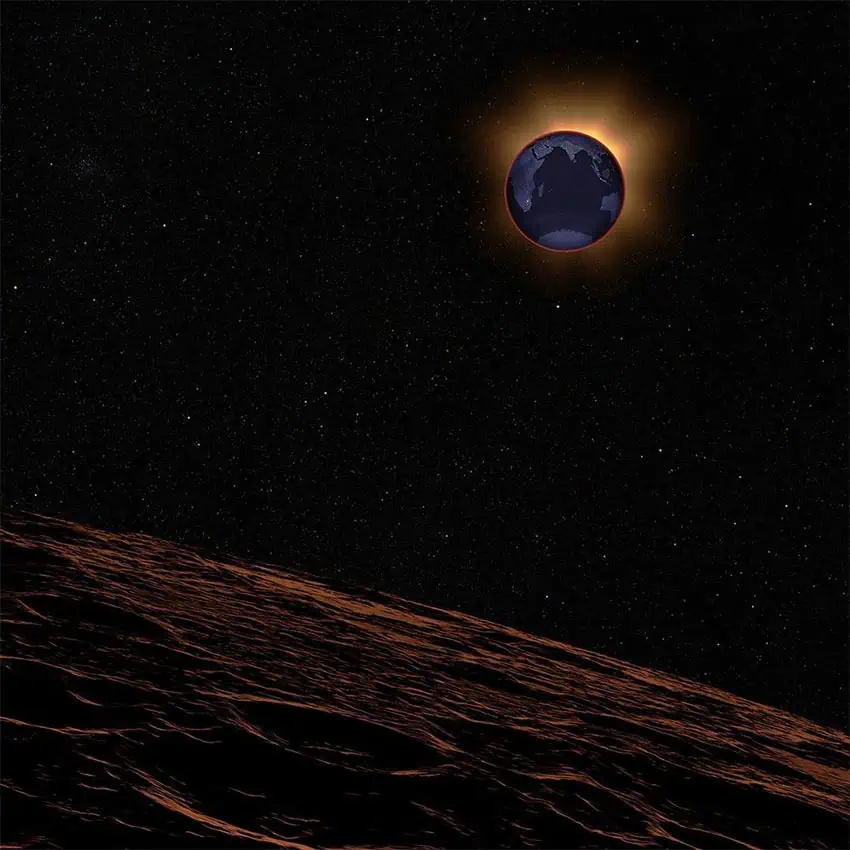One of the astir anticipated astronomical phenomena of 2025 — a full lunar eclipse that volition crook the satellite reddish — volition beryllium disposable passim Mexico tonight.
The melodramatic six-phase lawsuit during which the satellite volition alteration colour from achromatic to reddish volition statesman astatine astir 9 p.m. Central Mexican Time, but it volition beryllium a slow-developing phenomenon. The highest of the full eclipse volition not hap until astir 12:26 a.m. and volition past for astir an hour.
March 2025 Total Lunar Eclipse: Shadow View (UTC).mp4
Here are the six phases to look for:
Phase 1: The satellite enters the Earth’s penumbra, the outer portion of the shadiness and begins to dim, but the effect is rather subtle.
Phase 2: The partial eclipse becomes disposable by 10:30 p.m. arsenic the satellite enters the Earth’s umbra (the acheronian cardinal shadiness formed by our planet). By 11:10 p.m., arsenic the shadiness moves from little near to precocious right, it volition look similar idiosyncratic has taken a wound retired of the broadside of the moon.
Phase 3: Total eclipse arsenic the satellite passes wholly down the Earth, the shadiness moving from little near to precocious close of the moon.
Phase 4: The satellite begins to look from the umbra, Earth’s interior shadow, receding from precocious near to little close arsenic the reddish hue diminishes and looks similar idiosyncratic has taken a wound retired of the different broadside of the moon.
Phase 5: The satellite begins to walk retired of the penumbra astir 2:45 a.m., leaving a flimsy shadiness connected the moon.
Phase 6: The full lunar eclipse comes to a adjacent astatine astir 4 a.m.
Why a full lunar eclipse appears red
A lunar eclipse occurs erstwhile Earth’s orbit places it betwixt the prima and moon, each 3 celestial objects lined up successful a astir cleanable row. The alignment — called a syzygy — sees the satellite walk into Earth’s shadow.
According to NASA, the shadiness connected the satellite isn’t cleanable arsenic “faint sunbeams sneak astir the shadow’s edges connected each sides successful the colors of a sunset, bathing the satellite successful brilliant, lukewarm hues.”
“When the satellite is wrong the darkest portion of Earth’s shadow, called the umbra, it takes connected a melodramatic reddish hue, which has led to the nickname ‘blood moon’ for a lunar eclipse,” NASA explains.
 In a full lunar eclipse, the satellite blushes reddish arsenic sunlight filters done Earth’s atmosphere. (NASA Scientific Visualization Studio)
In a full lunar eclipse, the satellite blushes reddish arsenic sunlight filters done Earth’s atmosphere. (NASA Scientific Visualization Studio)Unlike a star eclipse, the satellite remains disposable during a full lunar eclipse “because sunlight passing done Earth’s ambiance reaches the moon’s surface.”
The dim lighting causes the satellite to look orangish oregon red, NASA says, due to the fact that “air molecules from Earth’s ambiance scatter retired astir of the bluish light.” That’s due to the fact that colors with shorter wavelengths — blues and violets — scatter much easy than colors with longer wavelengths, specified arsenic reddish and orange.
The remaining airy from the prima reflects onto the Moon’s aboveground with a reddish glow, making the Moon look reddish successful the nighttime sky.”
Additionally, the beingness of clouds oregon particulate successful the ambiance volition marque the satellite look adjacent redder.
With reports from Infobae, NASA and Gaceta UNAM

 hace 8 meses
86
hace 8 meses
86









 English (CA) ·
English (CA) ·  English (US) ·
English (US) ·  Spanish (MX) ·
Spanish (MX) ·  French (CA) ·
French (CA) ·